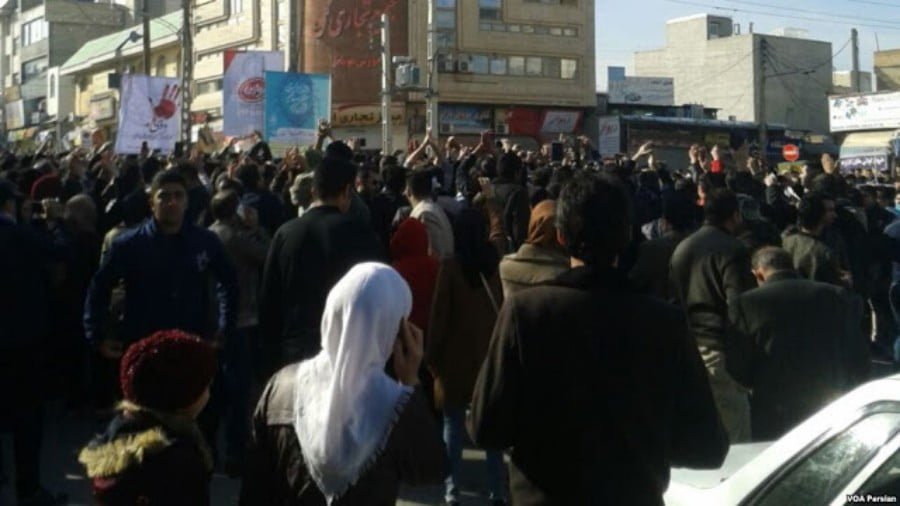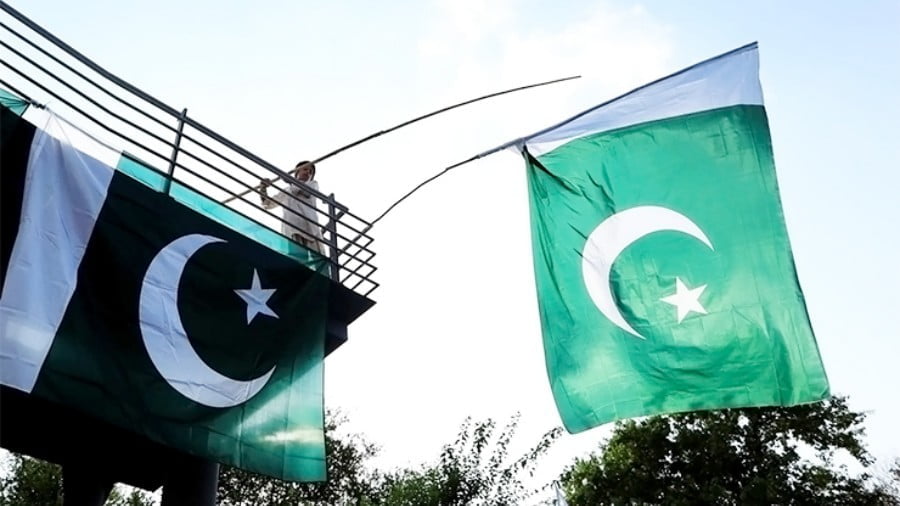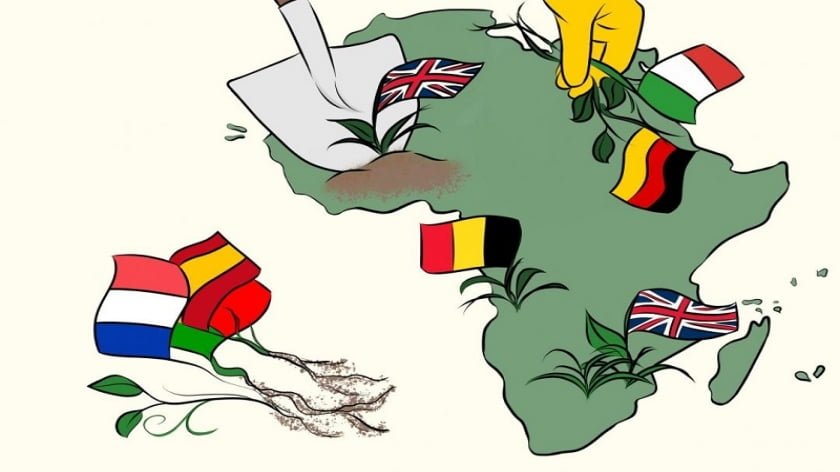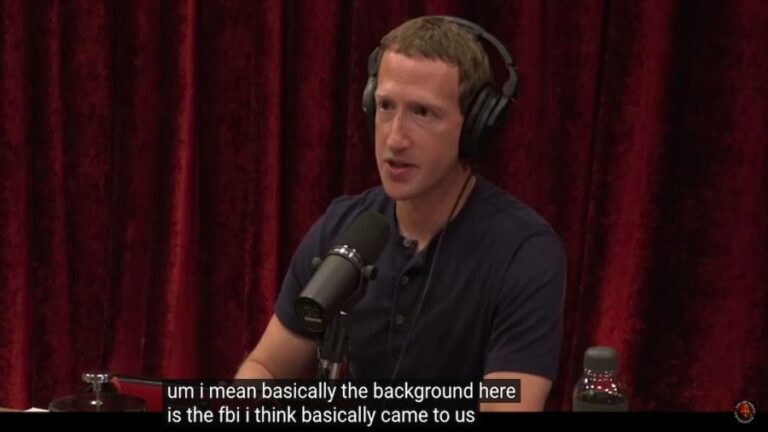OPEC+ Deal Resets and Reshapes Oil Geopolitics
A perfect deal is where all protagonists get something out of it. All oil-producing countries stand to gain if the oil price rebounds.
In bare bones, the OPEC+ group led by Saudi Arabia and Russia finalized, in a nail-biting photo finish on April 12, an agreement to cut oil production by a combined 9.7 million barrels per day (mbpd) for May and June to rebalance the supply and demand in the world market and nudge the prices to go up amid the coronavirus pandemic.
It capped days-long tortuous international negotiations that also included the United States. Additional cuts are expected from producers outside the OPEC+ group. Experts anticipate that by the second half of the year, oil prices would be nearing US$40 per barrel.
The world’s oil producers are joining together for the largest cooperative production initiative in history. The tectonic plates are shifting in the geopolitics of oil.
Historically, the US rallied against the oil cartel as a threat to the American economy. However, not only has Washington joined the latest production program, but the success of that program may actually hinge on the US, where oil production has doubled in a single decade.
US President Donald Trump has held direct talks in recent days with the heads of Russia, Saudi Arabia and Mexico. Although the US, the world’s largest producer, has not offered firm production cuts, Trump and the US Energy Department have emphasized that market forces will bring US declines.
That is to say, cuts can come from government action via corporate decisions, as companies either shut-in production or file for bankruptcy. The estimates are that the US production is projected to fall by 2 million barrels per day by the end of this year and perhaps more.
Sputnik reports, “According to industry figures, the US’s drop in output could see exports shrinking from over 3mbpd in 2019 to almost [zero] in the coming months, removing a key concern for both Russia and the Saudis amid fears of a US takeover of their traditional markets.”
This meets with the declared twin objectives of Saudi Arabia – to defend its market share and also to kill if not slow down US shale oil production. The alternative for the Saudis would have been to regain market share at enormous cost by producing enough oil to keep prices in the low-to-mid-$20s and sustain that for two years.
As for Russia, thanks to the deal, it will receive an extra $70 million to $80 million in revenues per day.
Trump tweeted on April 12, “The big Oil Deal with OPEC Plus is done. This will save hundreds of thousands of energy jobs in the United States. I would like to thank and congratulate President Putin of Russia and King Salman of Saudi Arabia. I just spoke to them from the Oval Office. Great deal for all!”
Having said that, at its core, the OPEC+ deal stems from a matrix of understanding between Donald Trump and Vladimir Putin. Saudi Arabia understood that it had better stay out of their way. Putin sized up accurately how important it is politically for Trump to keep the shale industry afloat to preserve jobs.
The industry employs more than 10 million Americans and accounts for 7% of the United States’ gross domestic product (GDP).
The big question is, where is the quid pro quo? There has always been a lurking suspicion that Putin had a game plan while triggering the fall in oil price in such a contrived fashion that resulted in the loss of billions of dollars of income for the Russian economy.
Quite obviously, the free fall of the oil price precipitated an existential crisis for the US shale industry in an election year in America that sooner rather than later was bound to bring Trump on to the center stage. Whether Putin choreographed it or not, that was exactly what happened.
As for Trump, a constructive engagement with Russia is something he wanted all along. Three precious years have been lost because of the Mueller investigations on “Russia collusion” and so on. But after successfully outmaneuvering his opponents in the impeachment drama, Trump is now unbound. Putin understands that, too.
In this particular affair, Trump is salvaging the interests of Big Oil, which carries enormous clout with the political class, think-tanks, the media and Wall Street – and, of course, the “Deep State.” Simply put, it is inconceivable today that anyone in the Washington Beltway, however Russophobic, would dare to protest against Trump negotiating one-on-one with Putin to salvage Big Oil.
There is a broad consensus among the American elite that Putin holds the key to unlocking an oil crisis that can severely damage the US economy when it is already heading into a deep recession.
In fact, between April 10 and 13, Trump and Putin spoke to each other three times. Trump knows he is on the right side of history and that his interlocutor can be trusted to keep his word. Trump’s tweet on April 12 (quoted above) drips with confidence. He is striding toward a detente with Russia.
On the other hand, with an eye on the US election cycle, Putin’s interest lies in wrapping up a big-picture deal with Trump on Russian-American relations as quickly as possible because a potential Joe Biden victory in November could mean that the US doubles down on Russia.
Putin has set a September timeline. He has proposed the idea – and Trump has welcomed it – of a summit meeting of the permanent members of the United Nations Security Council in September “in any place in the world” to discuss global issues in the wake of the coronavirus pandemic.
Interestingly, on April 10, even as the OPEC+ deal was being finalized, Putin utilized a session with two three-member crews of US and Russian astronauts (with one majority-Russian crew taking over the International Space Station from the other majority-American crew on April 17) to touch on Russian-American relations.
Putin said the cooperation in space “is a vivid example of an effective partnership between our countries for the benefit of the entire humanity.”
He then added, “We are now also trying to organize work on current problems. I do not like speaking about this but I have to. I mean the fight against the pandemic, as well as the situation in the global markets. The president of the United States and I discussed these issues just yesterday, and we will speak more on that topic. So, fortunately, cooperation is developing, and not only in space but also in other areas.”
Most significantly, a Kremlin statement on the conversation between the two leaders two days later, on April 12, said that “current issues of ensuring strategic security were also discussed.” The agenda of discussion has broadened and deepened dramatically.
Meanwhile, China is also positioning itself for the summit in September. Moscow consulted Beijing before making the proposal for the summit. (Putin acknowledged that Moscow had proposed the summit to “several of our colleagues and as far as I understand, saw a positive reaction.”)
Beijing was quick on its feet to voice support (within 24 hours) to Putin’s proposal regarding the summit to resolve global challenges.
All in all, therefore, we should not miss the forest for the trees. The OPEC+ deal is about much more than oil. It kickstarted a sequence of great-power cooperation involving the US, Russia and China, which would be far-reaching in the post-pandemic world politics.
Such convergence is a clear indicator of how the global pandemic and the global oil crisis remain deeply entangled, and the recovery of the US economy is linked to them.
“The shattering impact of Covid-19” is affecting the global oil crisis, which, as US Energy Secretary Dan Brouillette put it, “transcends the interest of any one nation and requires a swift and decisive response from us all.”
The world is witnessing here the spirit of internationalism occurring, as OPEC president Mohamed Arkab said on April 9, “in the midst of a human tragedy on a scale perhaps not seen … [for] more than a century. The pandemic has reached almost every corner of the planet.”
This article was produced in partnership by Indian Punchline and Globetrotter, a project of the Independent Media Institute, which provided it to Asia Times.
By M. K. Bhadrakumar
Source: Asia Times







